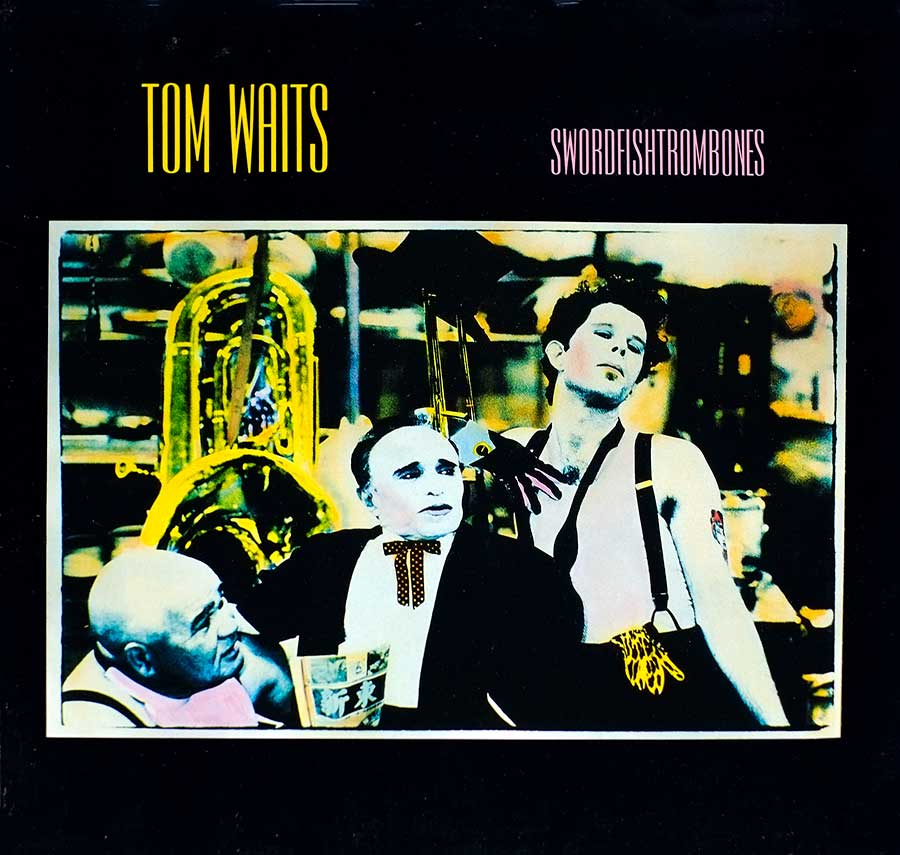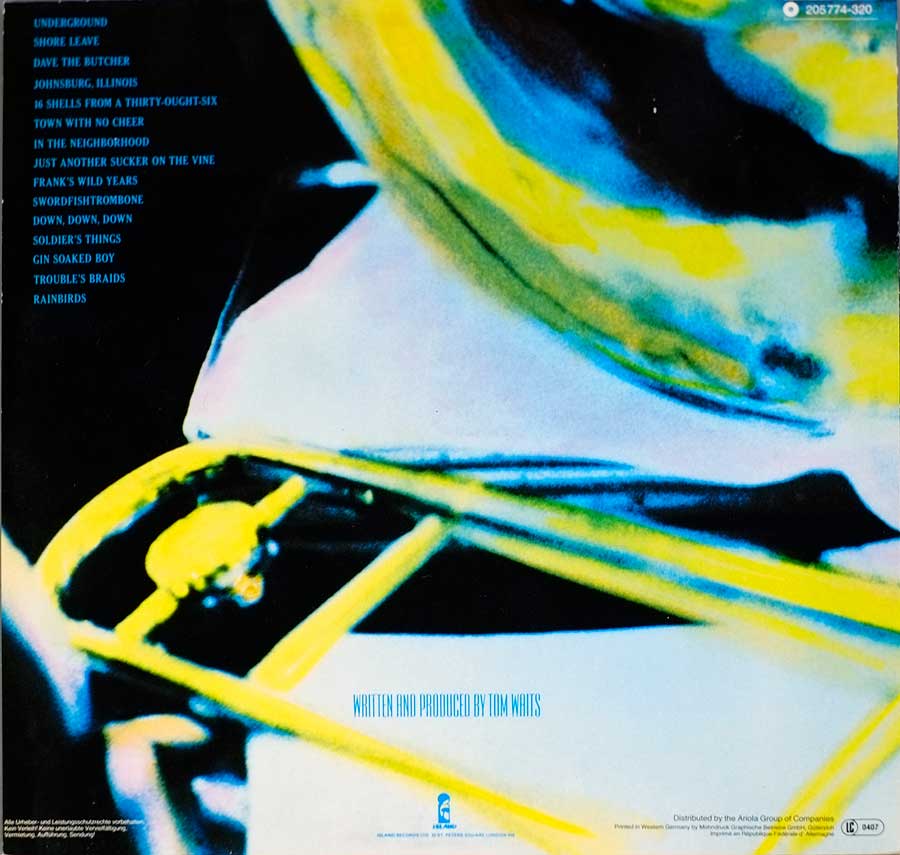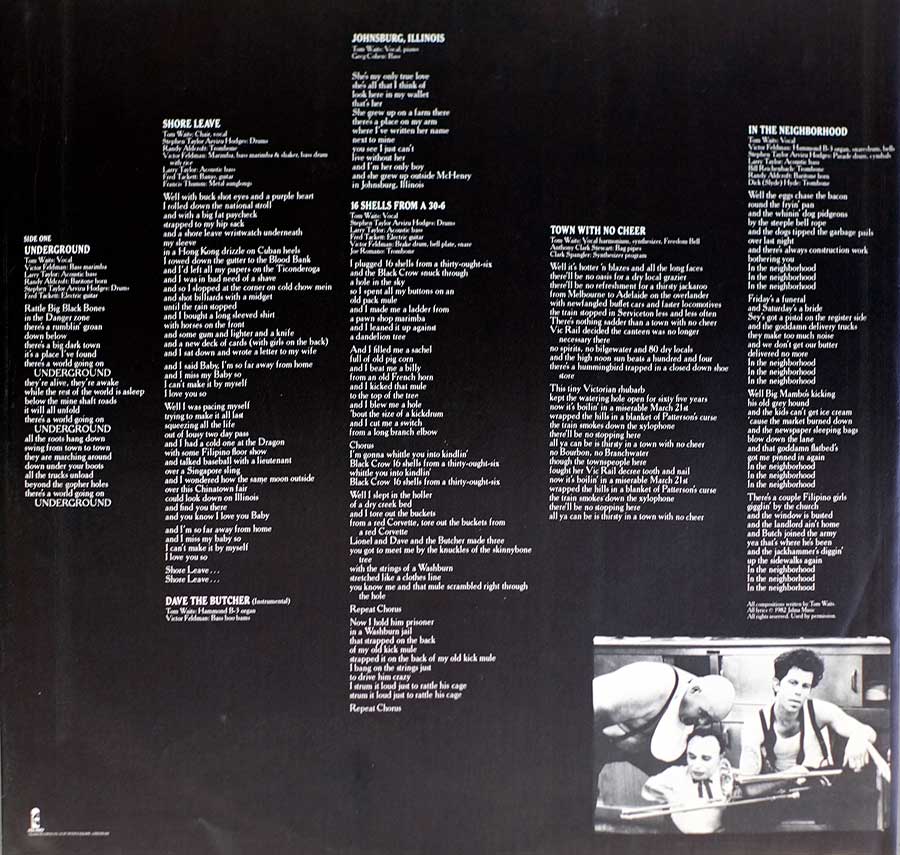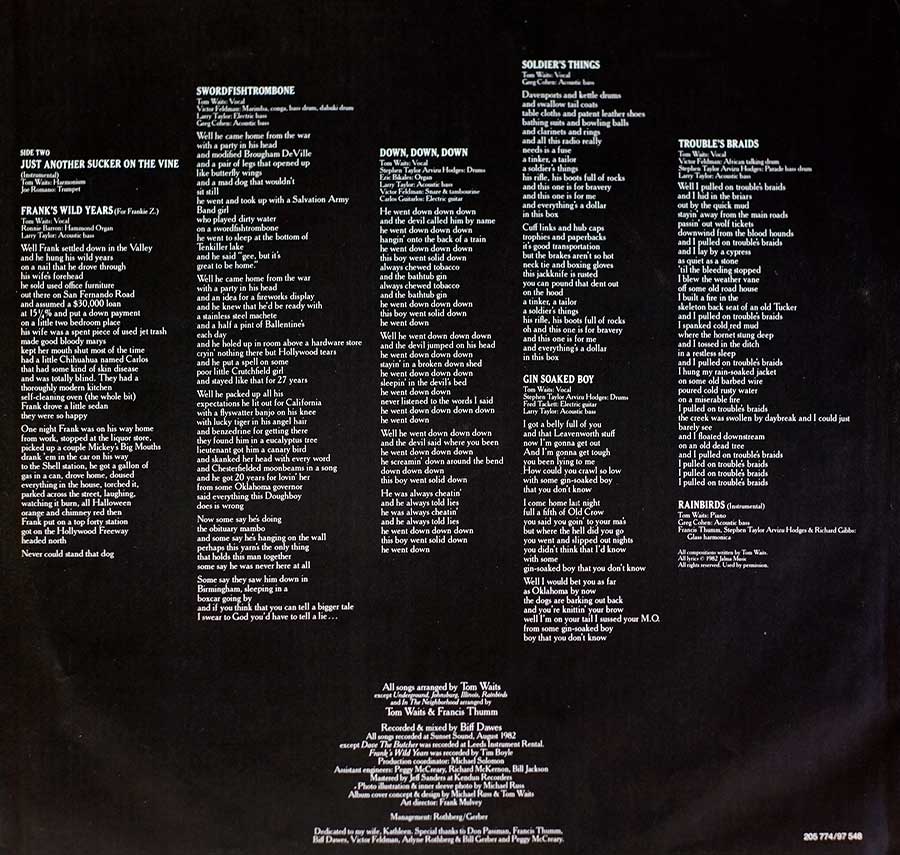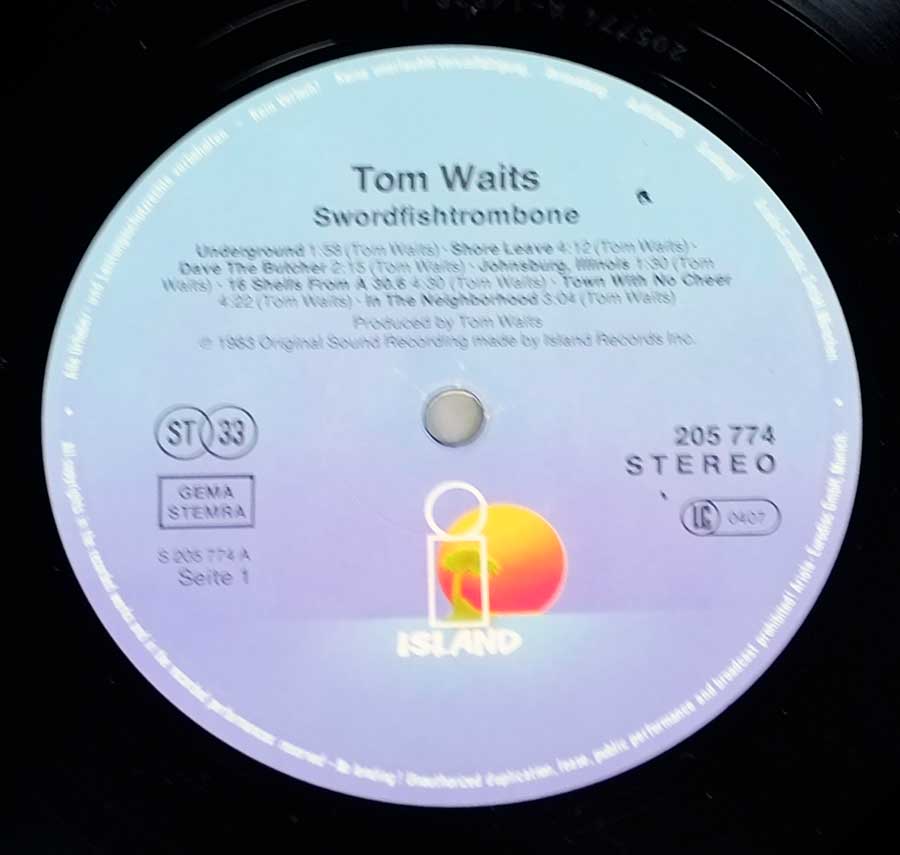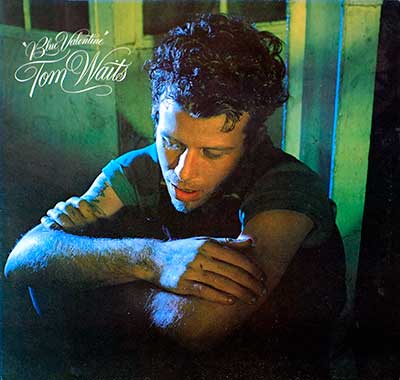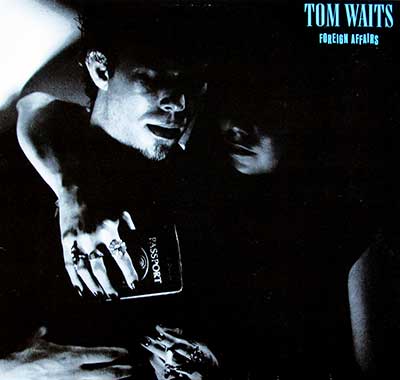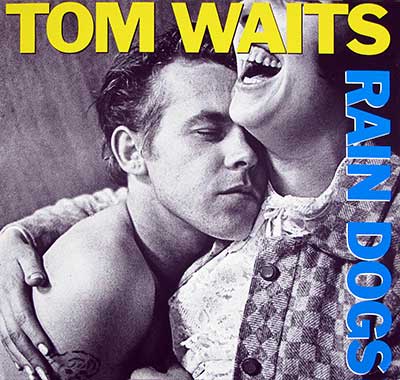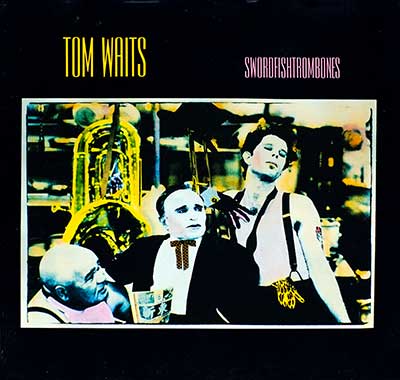"Swordfishtrombone" Album Description:
In a dark and stormy night in 1983, the world was gifted with a piece of musical artistry that defied convention and took listeners on a surreal journey through the realms of avant-garde. Tom Waits, the gravel-voiced troubadour known for his eccentricity and unique storytelling, delivered his masterpiece, "Swordfishtrombone", a 12" LP vinyl album that would forever etch his name into the world of musical history.
The Birth of "Swordfishtrombone"
"Swordfishtrombone" marked a significant turning point in Tom Waits' career. It was his first album as a self-produced artist, giving him complete creative control to weave his tales of the strange and the beautiful. Released in September 1983, it was a daring departure from his earlier works and signaled a shift towards a more experimental and avant-garde style.
The Meaning of "Swordfishtrombone"
"Swordfishtrombone", the title of Tom Waits' 1983 album and the opening track of the same name, is a term that appears to be a product of Waits' unique and often surreal lyricism. It doesn't have a clear, literal meaning in the conventional sense, and its interpretation largely depends on the context within the song and the album as a whole.
In the song "Swordfishtrombone"," the lyrics are cryptic and fragmented, much like many of Waits' works. The term seems to evoke a sense of mystery and the bizarre, which is characteristic of Waits' storytelling style. It's important to note that Tom Waits often incorporates unconventional and abstract imagery in his lyrics to create a dreamlike or otherworldly atmosphere.
Overall, "Swordfishtrombone" can be seen as an example of Tom Waits' use of language to create vivid and enigmatic storytelling rather than having a specific, readily definable meaning. It's part of the charm and intrigue of his music, inviting listeners to interpret and immerse themselves in his unique lyrical universe.
Behind the Sound
Behind this auditory masterpiece was a team of talented individuals who contributed to the album's unique sonic landscape. Biff Dawes, the sound/recording engineer, played a pivotal role in capturing the raw essence of Waits' vision. The album was mastered by Jeff Sanders at Kendn Recorders, ensuring that every note resonated with precision.
The album cover, adorned with a TinTone photograph by Michael A. Russ, set the stage for the surreal experience that awaited listeners. It was a visual representation of the otherworldly journey that the music would take them on.
The Sonic Journey
"Swordfishtrombone" isn't an album; it's a sonic odyssey. Tom Waits, with his unique storytelling abilities and unconventional instrumentation, invites listeners to embark on a voyage through the strange and surreal. Each track unfolds like a chapter in a dark and whimsical fairy tale.
From the jarring clang of metal aunglongs in "16 Shells from a Thirty-Ought-Six" to the haunting bagpipes in "Frank's Wild Years" and the mysterious glass harmonica in "Shore Leave", every song paints a vivid picture in the listener's mind. The lyrics, in true Waitsian fashion, are a combination of the profound and the absurd, leaving room for interpretation and contemplation.
